Game description:
Ao Oni is a top-down survival puzzle game set inside a large house that you explore room by room. You move between corridors, storage areas, and hidden passages while collecting keys and tools that open blocked routes. The goal is to map the layout, solve simple logic gates, and avoid a roaming creature that responds to noise and line of sight. Saving and backtracking are part of the loop, so planning routes and remembering safe rooms matter during long sessions.
Setting And Structure
The house is split into wings with locked doors, shortcut ladders, and panels that require specific items. Notes and codes connect distant rooms, pushing you to revisit earlier areas after pickups. Some doors close behind you during chases, forcing alternate paths. The design favors readable layouts over large maps, which keeps navigation clear even when pressure rises. Light sound cues signal movement nearby, giving a small window to switch rooms, hide, or funnel the pursuer into a loop.
Core Mechanics
Your tools are simple: movement, interaction, and inventory use. The creature tracks by proximity and sightlines, with AI that escalates from slow patrols to short bursts during direct pursuit. Hiding spots reduce detection but are not permanent solutions, so you learn to combine brief cover with route knowledge. Puzzles focus on matching clues to locks, placing items in correct order, and triggering switches that open new rooms. The list below summarizes the main actions you rotate through:
· Search furniture and storage for keys and tools
· Read notes to extract codes and route hints
· Use items to unlock doors, panels, and shortcuts
· Redirect the pursuer through safe loops during chases
· Save progress at fixed points before riskier sections
Progression And Challenge
Difficulty grows by adding layered requirements to familiar rooms rather than expanding the map without context. A new key might open a small annex that changes traffic through the central hall, or a puzzle reuses a code format in a different order. Fail states are clear: if caught, you reload and try a revised route. Optional conditions such as limited saves or no-hiding runs encourage replay without changing core rules. NPC notes and room props give enough context to link puzzles without heavy exposition.
Modes And Accessibility
Control mapping is minimal and readable, with separate sliders for input sensitivity and audio balance. Visual options include brightness and contrast tuning for dark corridors, plus simple UI scaling. Speedrun-friendly features—like quick resets and unskippable-free transitions—support practice loops, while casual play benefits from hint toggles that nudge toward the next lock or clue. The result is a steady loop of explore, decode, and evade that stays focused on route planning and clear cause-and-effect.










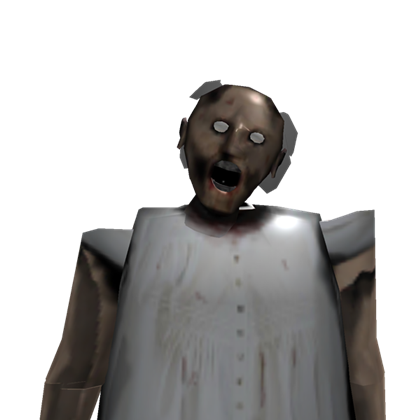





























































































































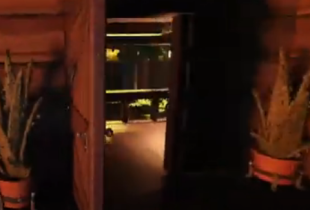
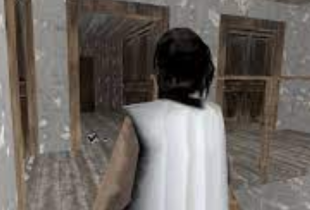
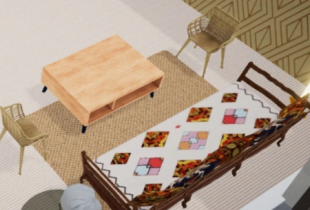
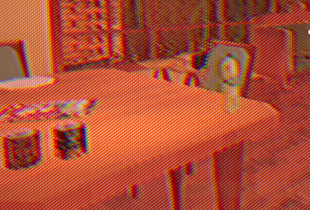
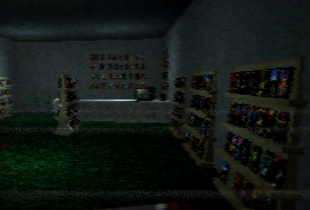
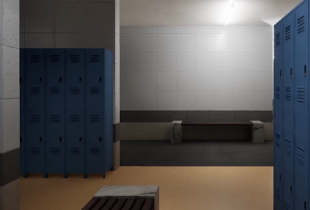
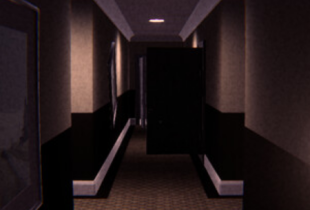
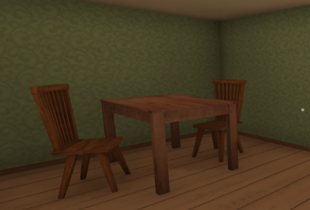
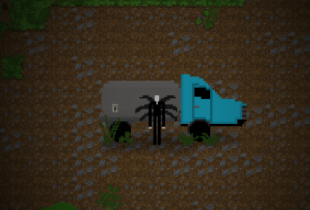
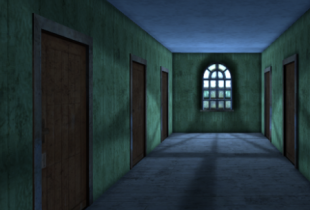

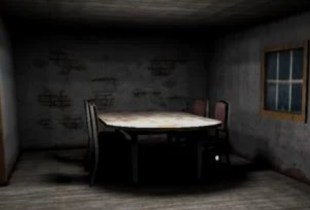
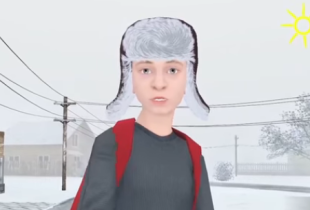
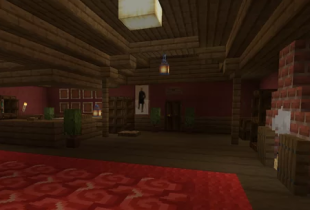
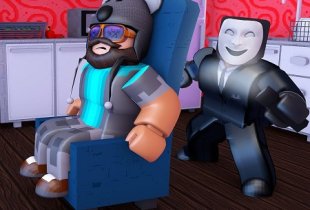
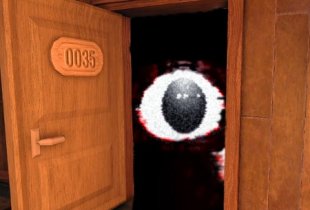
Comments